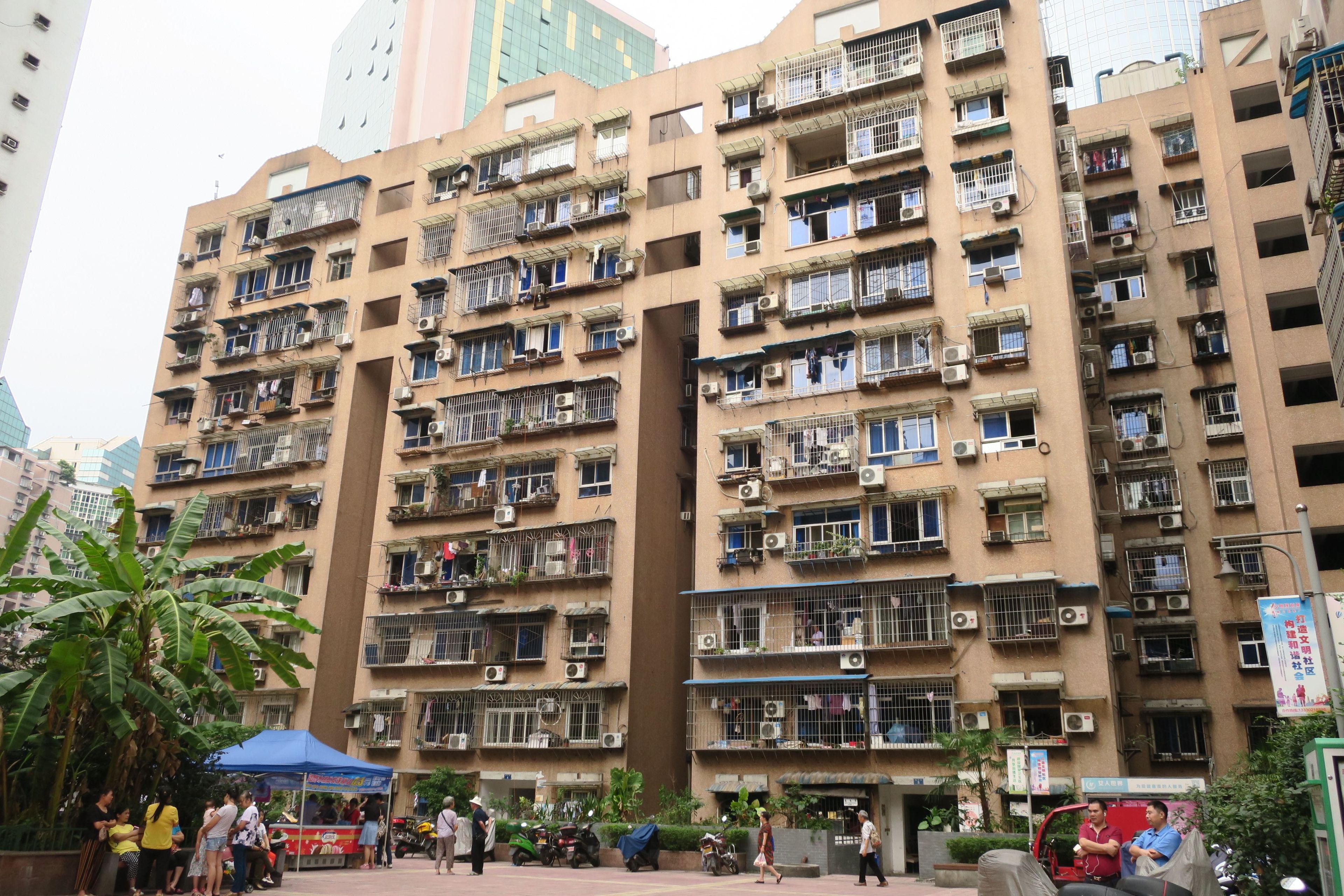
Methods and Challenges of Urban Architectural Anthropology
城市建筑人类学的方法与挑战 / Methods and Challenges of Urban Architectural Anthropology
Departing from the insufficiency within Architectural Anthropology to consider the materialities of residential living in contemporary cities, I discussed and presented my current research on constructing microclimates in apartments in Chongqing. The collected ethnographic data shows that the building stock only partly fulfils a proper regulation of indoor climates. Architects, engineers and construction companies are basically interested in maximizing their profits, thus saving on thermal-mitigating materials such as insulation or double-glazed windows. These actors from the building industry externalize costs for a comfortable living to the later inhabitants. Those use airconditioning, ventilators, heating blankets or quilted pajamas to keep warm during the winter months. On the other hand, residents depend on energy-intensive devices during the hot summers, linking thermal comfort to aspects of urban sustainability.
In light of these findings, I suggest that in the analysis of indoor climate mitigation in a non-heating zone such as Chongqing, a study on the thermal functions of architecture inevitably has to consider the material practices of residents and their choices of technological devices. My research highlights that climate-responsive architecture in urban multistory and highrise buildings is not something that stops at the structure of the house, but it is closely entangled with the uses and choices of technologies and objects by residents. Ethnographic research is more than suitable to monitor and analyze these daily practices related to the control of indoor climates, thus complementing architectural studies who are often more concerned with the design and structure of a building.